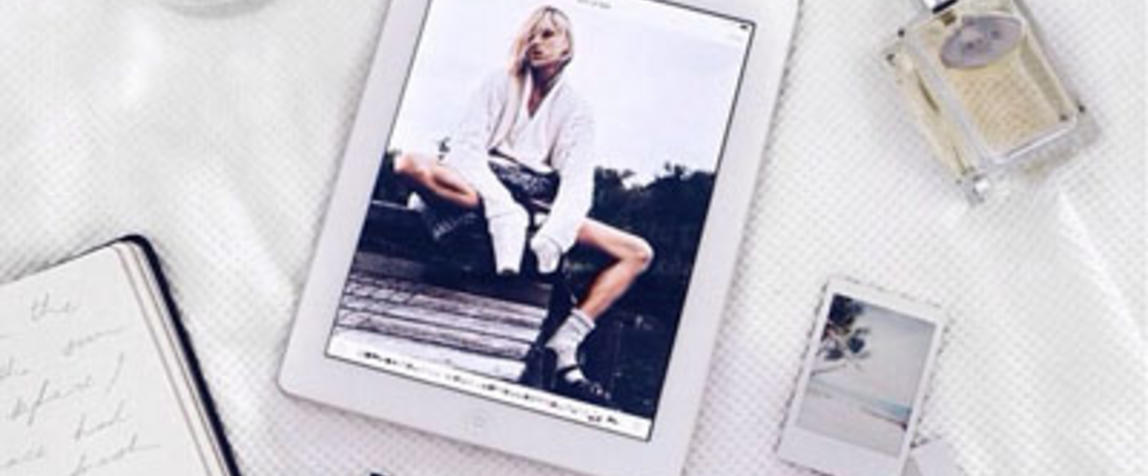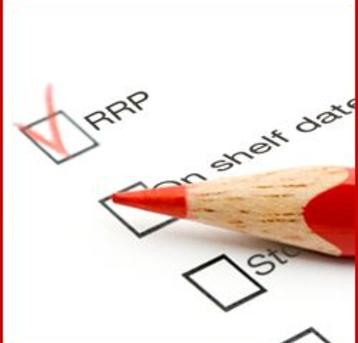The modern-day inbox is flooded with e-newsletters every day, so finding a way to stand out can be a difficult task. When it comes to retail marketing emails, just 17.8 per cent are opened on average, with only 3.54 per cent of subscribers clicking through to a link.
But don’t throw up your arms in defeat just yet. BD has the tips and tricks for getting your newsletters the clicks by talking to the people who receive them in the thousands - beauty editors, of course!
The power of a good subject line
To put it simply, if you don't have a good subject line, your newsletter will probably not be read. The subject line entices readers to open your newsletter, so it needs to be as attention-seeking as possible (without going over the top). The subject line should spell out the best parts of your newsletter, with the most important keywords placed at the start.
“The headline/subject line are the most important part of a newsletter, in my opinion - getting me to open the e-newsletter is half the battle as I receive an avalanche of emails every day! Once I've opened it, I'm guaranteed to scroll through and glance at the different sections, headlines and images,” says founder and editor Lauren Dunne.
She goes on to explain: “A juicy, snappy subject line that promises to deliver insider scoop and new information will get me clicking every time - particularly if the newsletter comes from a trusted source.”
beautyheaven editor Carli Alman agrees, revealing that an appealing subject line is essential. “I get newsletters from heaps of brands I love, but I'll only really open the ones that have piqued my interest with the subject. How else am I going to be tempted to open them? As much as I love a brand, if the headline is boring (or looks too generic), I won't bother.”
NZ beauty editor Elise Wilson adds, “it should be encouraging you to read on with just a few words.”
For Girlfriend/Total Girl features and beauty writer Melissa Mason, a good subject line isn’t the be all and end all, but she says it should always include the best or most interesting stories. “If I see something in the subject line that interests me and I haven't read about it already, I'm more inclined to click,” says Mason.
Design is key
The layout is up there with a killer subject line in the importance stakes. “Design is a major factor when it comes to e-newsletter effectiveness - it's the first thing I'll notice once I've opened the email. Quality images, modern design and clever use of clean, white space makes an e-newsletter a pleasure to read through,” explains Dunne.
One word that regularly comes up when talking about newsletter design is “fresh”. “If it looks like a newsletter designed in the 90s, I'm out. If it looks fresh and modern with attractive images, I'll keep scrolling,” says Alman. Wilson adds, “A great, fresh, easy-to-navigate page design makes all the difference. Short, sweet and to the point. A fun design is enticing, too.”
While Mason agrees that design is a vital factor, there’s a fine line between being funky and distracting. “Something that is still easy to read but is visually appealing usually keeps me interested.”
Pictures versus text
We all know the saying "a picture says a thousand words", and that couldn't be truer for newsletters. If your newsletter demands too much time and effort from the reader, they are more than likely to move it to the trash.
Alman admits she doesn’t have time for too much text, especially “if the newsletter reads like an essay. I prefer a bigger image-to-text ratio.” Dunne agrees, adding: “Too much body text can be a mistake - short, sharp and snappy copy that links to a page with more information can be more effective as it's easier to speed read.” Wilson is also a firm believer in pictures, arguing that the less text there is, the better. “I love enticing pictures – haaaate too much text!”
Clear and concise content
Once you’ve nailed an attention-seeking subject line, picture-heavy newsletter and clean, fresh design, it’s time to concentrate on the actual content itself. The text should be informative and engaging, but concise. “As long as it’s clear, it’s good. I like nice clear subheadings with a bit of info and a click through for more comment,” says POPSUGAR Australia beauty editor Justine Dunton-Rose.
Like Dunton-Rose, Dunne is a fan of subheadings. “I'm often pressed for time, and the first time I open a newsletter, I'll scan it quickly to make sure it contains information that's relevant for me, so including key points and information in bold text or breakout boxes will keep me reading.”
But here’s a warning: don’t be too ruthless when cutting down on the text. “A pet hate of mine is when a newsletter doesn't actually give a proper wrap up of information, but a ‘click bait’ teaser and links to another, separate feature instead,” reveals Mason.
Turn-offs
You may have all the right elements for creating the perfect newsletter, but make sure there is always a reason behind sending it. If you’re sending a newsletter just for the sake of sending a newsletter, beauty editors (and consumers) can smell it from a mile away. “If I get too many emails in a week from the one brand, it's likely to become white noise and I never open the emails,” says Alman. Wilson agrees, adding that she hates it when “they email me ALL the time! I get so annoyed that I end up deleting it and unsubscribing.”
Last but not least, Dunne advises to steer clear of: “subject lines that are too long, slow loading times, and poor design layout that's visually overwhelming and busy.”




